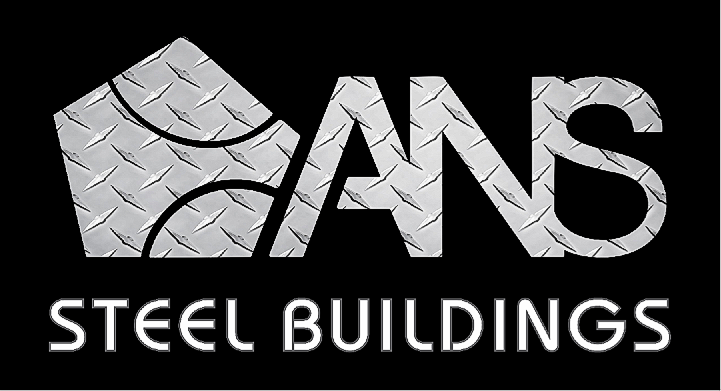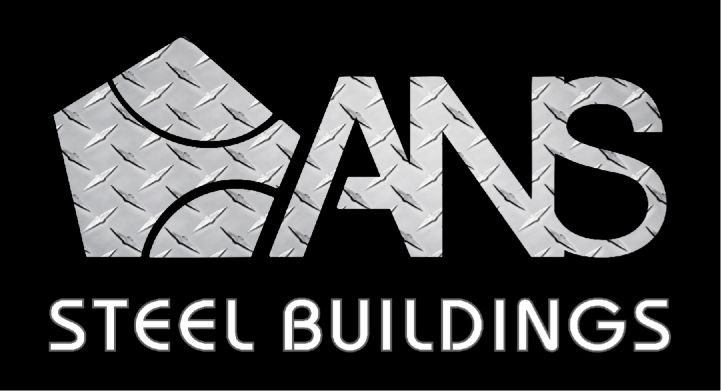The Eco-Friendly Choice: How Steel Buildings Contribute to Sustainability
As concerns about environmental sustainability continue to grow, the construction industry is increasingly turning to eco-friendly building materials and practices. Steel buildings have emerged as a leading choice for environmentally conscious builders and property owners, offering a range of sustainable features that contribute to a greener future. In this blog post, we'll explore how steel buildings are the eco-friendly choice for construction projects, highlighting their sustainable benefits and environmental advantages.
Sustainable Features of Steel Buildings
Steel buildings are inherently sustainable, thanks to their eco-friendly attributes and construction methods. Unlike traditional construction materials such as wood or concrete, steel is a highly recyclable material that can be repurposed and reused indefinitely without losing its quality or strength. This recyclability reduces the demand for raw materials and minimizes the environmental impact of construction projects.
Energy Efficiency and Green Building Certification
In addition to their recyclability, steel buildings are also highly energy-efficient, helping to reduce energy consumption and lower carbon emissions. With advanced insulation systems, reflective roofing materials, and energy-efficient windows and doors, steel buildings can significantly decrease heating and cooling costs, leading to long-term energy savings for property owners. Furthermore, many steel buildings can qualify for green building certifications such as LEED (Leadership in Energy and Environmental Design), further emphasizing their commitment to sustainability.
Recyclability and Longevity
One of the most significant advantages of steel buildings is their recyclability and longevity. At the end of their lifespan, steel buildings can be deconstructed and recycled, with the steel components used to manufacture new products. This closed-loop recycling process minimizes waste and conserves resources, making steel buildings a sustainable choice for construction projects.
FAQ:
Q1: Are steel buildings made from sustainable materials?
A1: Yes, steel is a highly sustainable material due to its recyclability and longevity. Steel buildings contribute to environmental conservation by reducing the demand for raw materials and minimizing waste generation.
Q2: Do steel buildings require special maintenance to remain eco-friendly?
A2: While steel buildings are inherently sustainable, proper maintenance is essential to ensure their long-term environmental performance. Regular inspections, cleaning, and maintenance of roofing materials and insulation systems can help optimize energy efficiency and sustainability.
Q3: Can steel buildings qualify for green building certifications?
A3: Yes, many steel buildings can qualify for green building certifications such as LEED (Leadership in Energy and Environmental Design) due to their energy-efficient design, recyclable materials, and sustainable construction practices.
Q4: How do steel buildings compare to traditional construction materials in terms of sustainability?
A4: Steel buildings offer several advantages over traditional construction materials such as wood or concrete, including higher recyclability, energy efficiency, and durability. By choosing steel buildings, builders and property owners can significantly reduce their environmental footprint and contribute to a more sustainable future.

